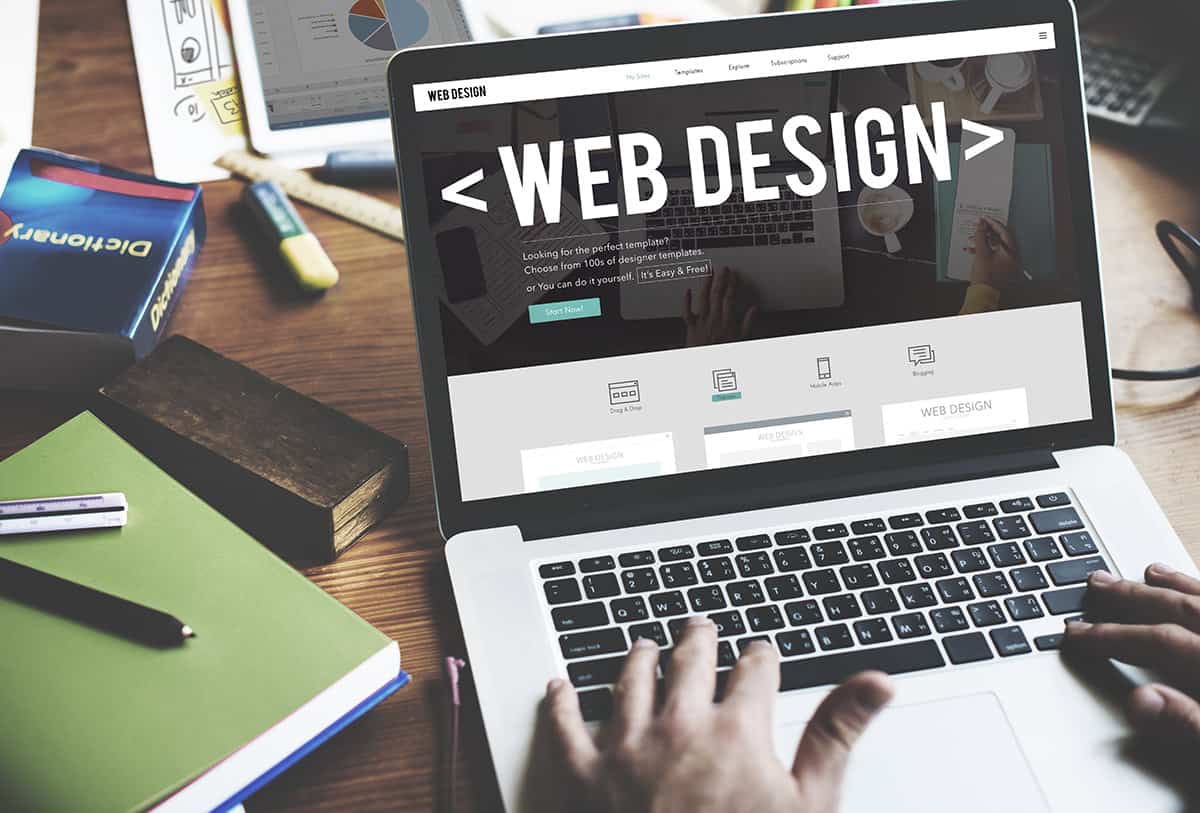What does a web designer do?

What is a web designer?
Web design is the process of establishing the aesthetic appearance of a web page, including how content is arranged and how the elements of design are implemented. Web designers are typically focused on what is called the “front-end” of the website, the part of the website users actually see and interact with (as opposed to the “back end” code that makes the website function).
This means they can be responsible for choosing everything from the photos and imagery, the fonts, shape language, color scheme, buttons, as well as how all of these elements fit together. They use design software (such as Photoshop or Sketch) to create mockups, or image-based representations of how the final website should look once code is applied.
With that said, web designers are typically not responsible for building a working website—they focus on establishing the visual design only. Developers write the code that makes websites work, and website development requires a different skill set and sensibilities from design.
What is the difference between a Web Designer and a web developer?
While they may sound similar, web designers and web developers have very different roles and distinct responsibilities. Designers focus on the front-end and visual aspects of a site, which influences its usability and overall UX. Developers, on the other hand, are responsible for taking the concepts and ideas laid out by designers and coding them into fully-functioning websites.
What does a web designer do?
Though the exact responsibilities will vary from job to job, generally speaking most web design roles will have all of the following responsibilities:
- Conceptualizing creative website ideas for and with clients
- Designing engaging and responsive website landing pages
- Employing industry and design best practice through website build process
- Conducting testing and improving the website design to create the best possible user experience
- Integrating client CMS programs and data feeds into websites
- Optimizing sites for maximum speed and scalability
- Establishing design guidelines, standards, and best practices, potentially in a style guide document
- Designing visual imagery for websites and ensuring that they are in line with branding for clients
- Liaising with Back-End Developers or a web development team to ensure web and app logic is properly integrated
- Ensuring website function and stability across devices i.e. desktop, mobile, tablet
- Working with marketing and research teams to incorporate brand elements and relevant market research findings into website
- Communicating design ideas using user flows, process flows, site maps, prototypes and wireframes
- Incorporating functionalities and features into websites
- Designing sample pages including colors and fonts
- Preparing design plans and presenting the website structure
- Providing internal support and external customer service throughout the build and launch process of the website
